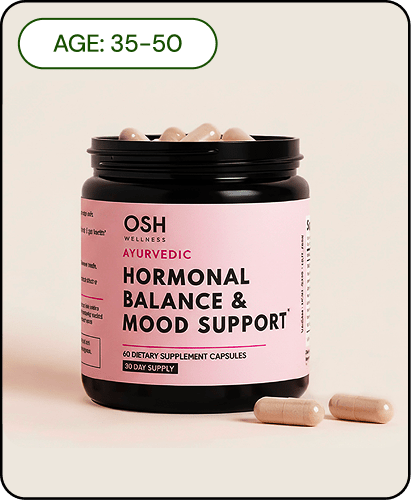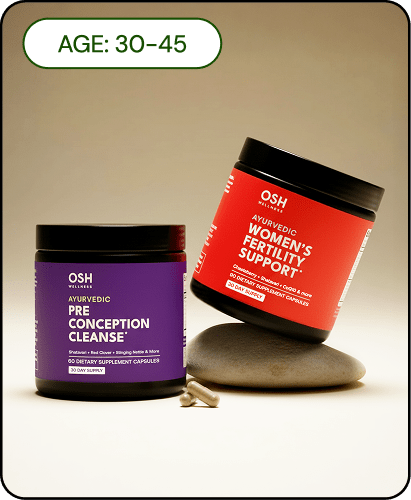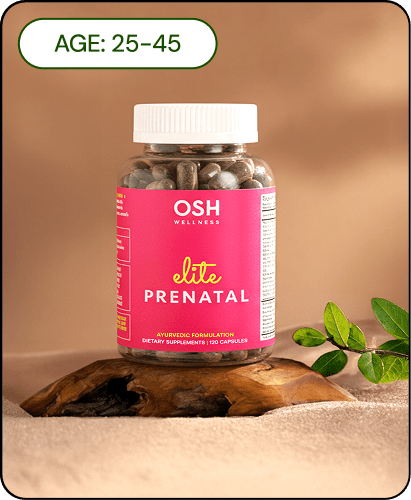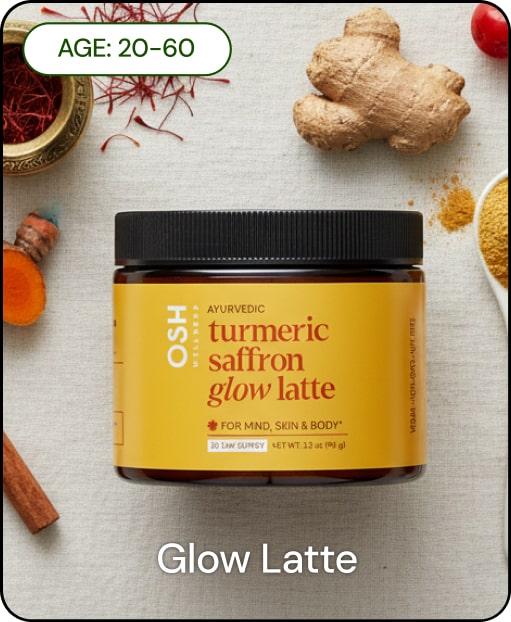Breastfeeding is commonly discussed as one of the most beautiful, natural things our body does, yet we rarely hear about the absolute nightmare it can be. As a new mother to a beautiful baby boy who's already almost one whole year, I know from personal experience just how difficult breastfeeding can be. This wisdom runs contrary to the perfectly manicured photos we see on social media, which portray breastfeeding to be some glamorous and effortless way to bond with your baby. Sure, this may be the case for some new mothers, but my story was a bit different. You see, I'm an exclusively pumping mother whose baby decided it was time to wean, and I'm just doing my best to follow his lead as we mothers always do (pun fully intended). Every time I pump, my mind runs rampant around the notion of what it truly means to do this exclusively, and now, after more than 1000 hours of pumping time logged, I'm ready to share my experience in the hopes of helping others. This article will cover everything from how often I pumped to how I kept my milk supply going strong, and how to make sure the pumping parts are being cleaned properly.
Like so many other babies, my little boy had trouble latching on from the get-go. Not only is this frustrating for a hungry baby, but it's also pretty painful (ok, let's be honest here, agonizing) for the new mother. We chose to nip it in the bud and consult a Lactation Consultant (IBCLC) both in and out of the hospital. Despite their helpful tricks and tips, we were unable to establish healthy nursing, but I remained determined to give my baby all the extraordinary benefits of breast milk. That's when I decided to give us both some relief by pumping to provide my baby the milk he so desperately craved via bottle. My exclusively pumping (or EPing) adventure officially began two weeks after giving birth when I decided to rent a hospital-grade double electric pump from a local pharmacy.
How Often I Pumped Each Day
Newborns typically feed every 2-3 hours, so to build a good milk supply, I pumped every 2-3 hours at least 8 times a day for the first 3 months. Sounds like a lot, right? Well, that's because it is. Pumping every 2-3 hours is exhausting work and very time-consuming, but I found some ways to cope. On the days when I really needed to recover a shred of sanity (i.e., sleep), I gave myself a well-deserved 4-5 hour stretch at night.
As my supply slowly regulated, I was able to feed my baby exclusively breast milk without feeling like a total zombie milk-maker. After 3 months, I started to decrease the number of times I pumped per day, which I kept track of in a journal. I logged the number of pumps each day, along with the amount of milk expressed so I could track the effect this transition had on my supply. I pumped 5-6 times per day until I was 6 months postpartum, 3-4 times until 8 months postpartum, and 2-3 times from 9 months on.
How Long I Pumped
In the spirit of transparency, I'll go ahead and admit that it can be so hard to sit still and pump when there's so much to do as a new mother. That being said, I knew how important this liquid gold was to my baby's well being. Every session lasted 15-20 minutes, and because many experts recommend pumping a few minutes past when the milk stops flowing to encourage a second letdown, I would often add an extra 5 minutes.
How I Kept My Milk Supply Going Strong

- Staying Hydrated - Shockingly enough, our precious breast milk is almost 90% water (that nutrient-packed 10% really packs a punch!), so staying hydrated is vital. I made it part of my pumping routine always to have a glass of water, and I consciously carried a bottle of water (or even better, coconut water) in the diaper bag for those on-the-go moments.
- Eating Well - As the old saying goes, 'you can't pour from an empty cup,' breastfeeding and pumping women indeed need extra calories to keep up with the demands of their baby. I noticed a definite spike in my supply on the days when I nourished my body with full meals, especially when those foods are known to help with lactation. For a healthy breakfast, I loved to soak steel-cut oats the night before (or cook them in the morning if I forgot to soak, which, let's face it, happened a lot) and add milk, nuts, seeds, and fruits to start my day off on a good note. Another trick I loved was always keeping healthy snacks and drinks like dried fruits, granola, trail mix, nuts, lactation smoothie and seeds in my diaper bag and on my pumping table.
- Pumping Frequently - Frequent pumping sends a signal to your body that it needs to produce more milk, hence the supply and demand notion. Some experts suggest a method called 'power-pumping,' but I personally never gave it a go.
- Resting - Before you laugh out loud, I know how difficult it is to rest as a new mother. Yes, it's the most rewarding work in the whole world, but it's also extremely depleting, which is why it's super important to get rest whenever and wherever you can. On the days where I took time to pause and restore, I felt emotionally and physically more powerful, and my milk supply stayed strong.
- Not Stressing - Again, it's hard not to stress when you constantly have a zillion questions and concerns about your new bundle of joy crowding your mind, but it never did me any good. I personally had a hard time not stressing about my strict pumping schedule and whether or not I was making enough milk to feed my baby. However, this tension made me feel miserable, and it negatively affected my supply, so it was in everyone's best interest that I found a way to let it go.
How I kept my pumping parts clean
I chose to follow the Centers for Disease Control and Prevention's (CDC) guidelines on ' How To Keep Your Breast Pump Kit Clean ' . As soon as I finished pumping, I would rinse all my pumping parts with hot water and then clean them with soap and warm water before bed. After cleaning, I would load them in a tabletop steam sterilizer for disinfection. It's not exactly a walk in the park, but I'd do anything to keep my baby safe!
Exclusively Pumping is Hard Work – Really, Really Hard Work
I'd be lying if I said there weren't times during my experience as an exclusively breast pumping mother that I felt utterly overwhelmed and ready to throw in the towel (or pump). I was consumed by feelings of isolation and feared missing out on time to bond with my little one. Not to mention how daunting the idea of leaving the house with all my equipment seemed during the first few months, largely because I was always worried about the risk of contamination.
Where I Found The Strength To Keep Going
My saving grace was the online support groups for exclusively pumping moms that I joined to help me through this challenging time. The sense of community among others going through the same challenges gave me the strength and hope that I needed. I also found immense support and motivation from the help given to me by my loving family members. My husband, mother, and mother-in-law would each offer to hold the baby while I pumped. Throughout this process, I always knew that I had the choice to stop, but nourishing my baby with my milk is what made me happy, and as everyone says:
Happy mom = Happy baby!
In the end, that's really all that matters.








